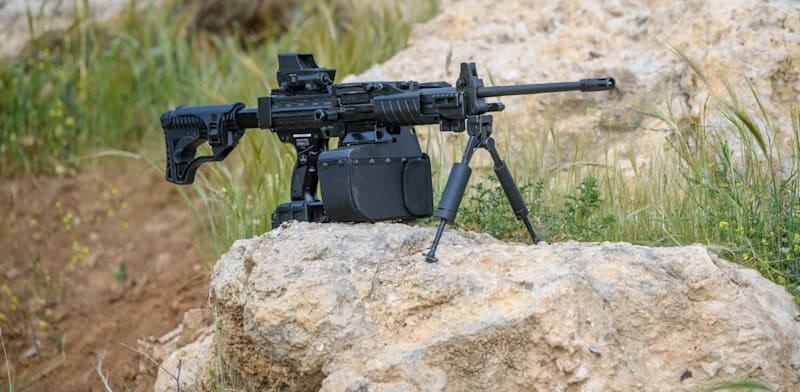Israeli Airstrikes Destroyed Al Iran’s S-300 Air Defense Systems: Report

The recent Israeli airstrikes that effectively disabled Iran’s S-300 air defense systems have significantly weakened Iran’s military defenses and left critical sites more exposed. The strikes, reportedly targeting around 20 military facilities, including missile and drone manufacturing sites across Iran, were launched by the Israel Defense Forces (IDF) in response to an Iranian missile attack on Israel earlier this month. The impact on Iran’s strategic capabilities is considerable, particularly with the loss of its three remaining S-300 air defense systems.
The Russian-made S-300 systems, designed for long-range air defense, were among the most advanced defensive assets in Iran’s arsenal. Known as the S-300PMU-2 Favorit or NATO’s SA-20B Gargoyle, these systems offer robust anti-ballistic capabilities and can engage multiple aerial threats at ranges up to 200 kilometers. Iran received these systems from Russia in 2016, representing a significant modernization of its defenses at the time. But now, with all four Iranian S-300 units—one struck earlier this year and three destroyed this weekend—out of action, Tehran faces an unprecedented vulnerability.
The S-300, though introduced by the Soviet Union in the late 1970s and considered an aging system by modern standards, remains effective as part of a layered defense network. In recent years, however, the S-300’s vulnerabilities have been exposed, most notably in the Ukraine conflict. Iran’s inability to effectively counter Israel’s recent air raid raises questions about the resilience of its broader air defense strategy. Israel’s Operation Days of Repentance, involving over 100 fighter jets, met with minimal resistance, as Iran managed to intercept “few if any” of the incoming missiles, according to U.S. and Israeli sources.
Reports indicate that among the affected sites were Iran’s Imam Khomeini International Airport, Abadan oil refinery, the Bandar Imam Khomeini energy complex, and critical gas fields such as Tang-eh Bijar. Not only do these sites hold strategic energy assets, but they are also key to Iran’s military and economic infrastructure. According to the Institute for the Study of War (ISW), degrading the defenses around these installations could make them even more vulnerable to future attacks.
The IDF’s familiarity with the S-300 has been honed over years of multinational exercises. Israel has used S-300PMU-1 systems in exercises conducted with Greece and even trained with the U.S. on tactics for neutralizing these systems, which likely helped plan and execute Saturday’s operation. Despite Iran’s potential interest in acquiring additional air defense systems from Russia, the ongoing demands of the Ukraine war make any transfer of advanced units, such as the S-400, highly unlikely in the near future. Short of acquiring new S-300 units, Iran could face a long wait before it can restore its air defenses to full strength.
The aftermath of the strikes has left Iran scrambling to assess the damage and prepare for potential follow-up attacks. The IDF’s strategic choice to target Iran’s missile and drone production facilities could also hamper Tehran’s support for its regional allies, including Hezbollah and Houthi rebels. Furthermore, the Shahroud missile factory in Iran’s Semnan province, reportedly damaged in the strikes, is a critical site for the production of ballistic missiles. Disrupting production at these facilities impacts not only Iran’s defense strategy but also its supply capabilities for its regional proxies.
While Israel has refrained from targeting Iran’s nuclear facilities for now, experts speculate that the strikes might serve as a warning, signaling Israel’s capacity to hit deeply embedded Iranian infrastructure. Additionally, the possibility of further cyber or non-kinetic attacks on Iran’s air defense network remains on the table. Some analysts believe that any Iranian retaliation could prompt Israel to target even more sensitive military and government sites in Iran.
In light of Iran’s current defense posture, the loss of the S-300s represents a serious setback, potentially limiting Tehran’s response options and increasing its reliance on other, possibly outdated, air defense systems. As the regional situation intensifies, the recent developments highlight the ongoing arms race in the Middle East and Israel’s commitment to staying ahead in terms of tactical readiness and defense capabilities.


